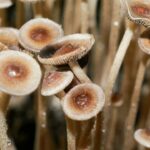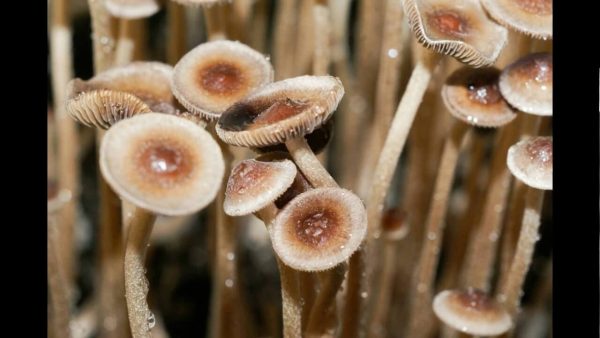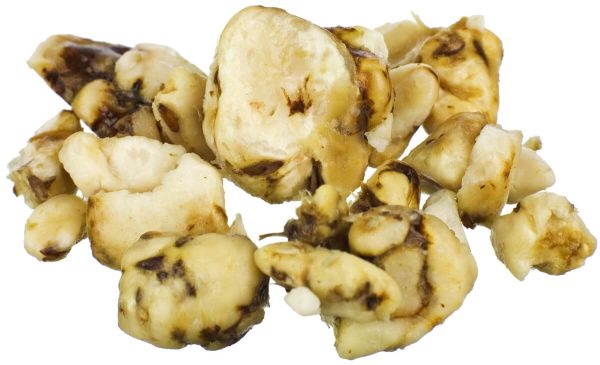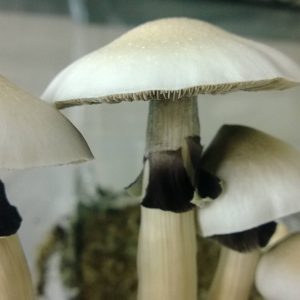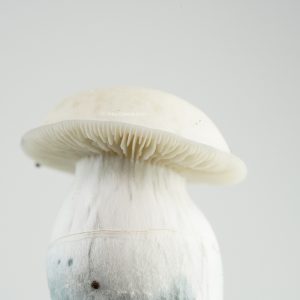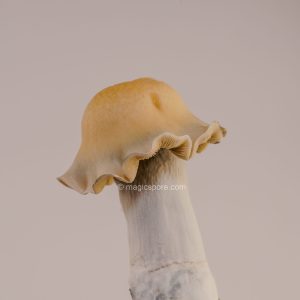Tampnensis Georgia
€16.99
Why Liquid Culture Outperforms Spores: Liquid culture offers faster and more reliable germination compared to spores, with more consistent growth patterns and higher success rates. Ready-to-use cultures eliminate the waiting period typically required for germination and allow better control over strain genetics and characteristics, significantly reducing contamination risks.
Exceptional Purity and Quality Control: Our liquid cultures are produced under rigorous quality controls to maintain high concentrations and reliable integrity, delivering consistency and high standards with every product.
Isolated and Stable Varieties: Each culture is carefully isolated and genetically stabilized, ensuring consistent and repeatable results, which is why our products are trusted by dedicated researchers and enthusiasts.
Sterile and Long-Lasting: Packaged in sterile syringes for secure handling, our liquid cultures have an extended shelf life, often lasting over a year, compared to the typical three-month span of standard options.
Key Benefits:
✓ One 10ml syringe can inoculate 5+ bags
✓ 12+ months shelf life when properly stored
✓ Premium sterilized packaging
✓ Expert quality control
✓ Fast worldwide shipping
✓ Discreetly packaged
✓ Professional customer support
10ML High-Quality Liquid Culture
-
Description
-
Parameters
Origin:
Tampanensis Georgia, also known as “Philosopher’s Stone,” is a rare strain first discovered near Tampa, Florida. It stands out for producing both fruiting bodies and sclerotia—dense, underground formations that offer unique research opportunities in functional fungi studies.
Cultivation:
Tampanensis Georgia is relatively easy to cultivate, making it a great choice for both novice and experienced cultivators. It thrives in stable, humid environments, with sclerotia taking longer to develop than fruiting bodies, but requiring less hands-on maintenance.
Strength:
Tampanensis Georgia is valued for its ability to promote mindfulness and creativity, offering a balanced and introspective experience. The sclerotia, in particular, provide a unique and subtle sensory experience, distinct from typical fruiting bodies.
Appearance:
The fruiting bodies feature caramel-colored caps and slender white stems that can bruise blue when handled. The sclerotia, which grow underground, are compact and nut-like in appearance, adding a distinctive element to this strain.
Historical Significance:
First documented in 1977 by mycologist Steven Pollock, Tampanensis Georgia is one of the few strains known to produce both mushrooms and sclerotia. This characteristic has made it a subject of ongoing interest within the functional fungi community.
Note:
Tampanensis Georgia spores are provided strictly for research, educational, and identification purposes. Please comply with all local regulations before acquiring or handling these spores.
-
- Colonization
-
-
- Harvest
-
-
- Resistance
-
-
- Strength
-
-
- Incubation 19-24 oC
-
-
- Fruiting 19-24 oC
-
-
- Experience
-


